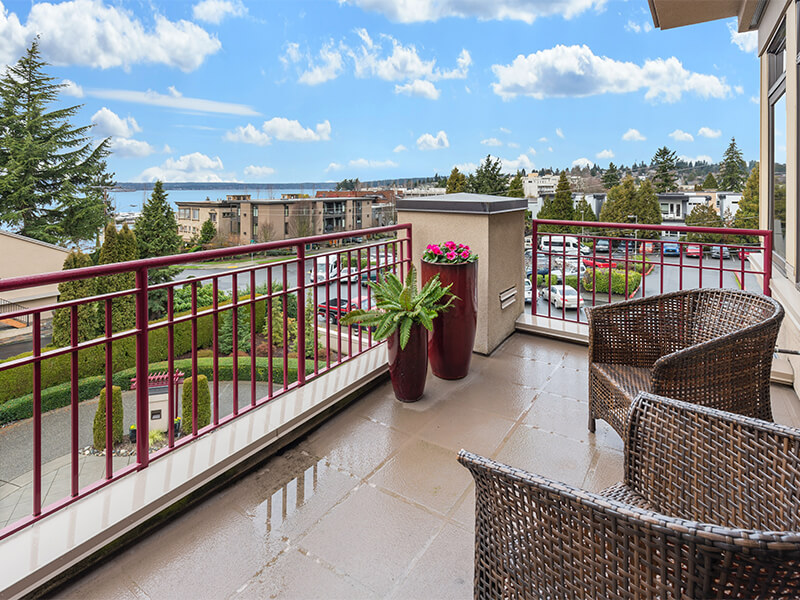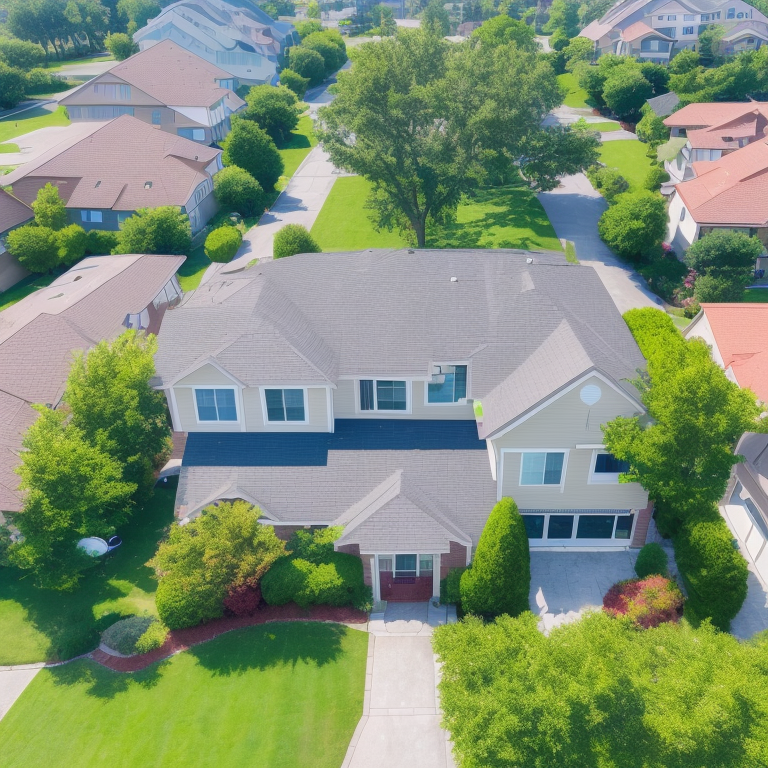Neighborhood Farming Real Estate: How To Become the Area Expert with BrokerLEAD
Few things in real estate sales are as tried and true as the idea of Neighborhood Farming or geo-farm or demographic farming (similar interests like golfers, hunters, pilots, etc.). Call it what you will, but few things are more powerful in real estate sales than this concept done correctly. To further enhance your neighborhood farming strategy, consider incorporating specialized services like SEO for Property Management offered by BrokerLEAD.
The current market is hot, and sellers are in high demand. If you’re looking for help finding potential sellers, geographic farming is a great technique. At BrokerLEAD, we want to provide you with all the information you need to tackle this topic.
Geographic farming and prospecting can be a great way to market yourself. However, some hesitate because they think it’s too complicated or time-consuming. But don’t worry – we will explain how BrokerLEAD can help!

Real estate companies can increase brand awareness, gather leads, generate referrals, and gain listings by engaging in geographic farming. This tried-and-true strategy involves promoting your company to a neighborhood or nearby area.
However, you must choose the location of your farm carefully to maximize its success. BrokerLEAD can help you identify and execute building an effective neighborhood prospecting strategy.
There’s no one-size-fits-all answer to what constitutes your farm area as a Realtor. But following a predetermined set of criteria will help you save time and energy while advancing your goal of becoming the most preferred realtor in your area. Here are some questions to help you get started:
If you’re planning to expand your farming operation to a new area further away, keeping up with regular touchpoints can be challenging. Ideally, you want to be able to visit the new area at least every three to four weeks to maintain consistency and visibility.
The turnover rate is crucial when looking for a new farm area. This calculation reveals how active the real estate market is in a given region by dividing the number of residences in your farm area by the number of dwellings sold in the previous 12 months. Knowing this information will help determine whether there is enough sales activity to support your prospecting efforts. For example, out of the 200 houses located nearby, only 25 homes were sold last year. This totals an average home turnover rate of 12.5% (25 /200)x 100. A turnover rate of 5% or more is generally what you want to see.
The absorption rate is another metric that can be used to estimate how successful a neighborhood farming program will be. It measures how many months’ worth of inventory is in a specific area and can help you determine if there is a high demand for homes in that area. For example, if you’re looking to start a farm in a specific area, you would first need to determine the sales rate. You can then use that data to compute the absorption rate. To do this, you would look at the past 12 months and see how many residences had sold. Then, you would compare that number to the number of active listings. If there are more active listings than residences that have sold, the absorption rate is low, and it may not be the best area to start your farm. Taking a similar example, let’s consider that in the past 12 months, 15 residences have sold, and currently, there are three active listings. Calculations For Home Sales Rate and Adsorption Rate Home Sales Rate The home sales rate is calculated as the number of homes sold over a year divided by 365. This means that one house sells every 24.3 days on average in our example. Adsorption Rate The absorption rate can be determined by multiplying the home sales rate by the number of active homes. In this case, it would be three times 24.3 or 72.9 days. This means it would take 2.43 months for the current inventory to sell at the current market rate, assuming that no new listings are added to the market, and that market conditions stay the same.
You want to get your brand in front of as many people as possible, but you don’t want to sacrifice the quality or depth of your area farming campaign. The key is to market to only as many homes as your budget will allow each month. This way, you can sustain your campaign consistently and with a long-term vision.
Many agents in the real estate industry don’t talk about it, but they all have specific areas that they try to dominate. If you’re looking to break into the real estate market, knowing where to focus your efforts is essential. Also, talk to any real estate agent, and they’ll tell you that specialization is the key to success in the industry. To succeed, you should focus on one area and become an expert on that particular neighborhood or area. That’s why it’s an excellent opportunity to become the local expert in an area that any one agent is not heavily marketing. So, get out there and establish yourself as your area’s go-to source for information! Combining neighborhood prospecting with a broader area (town or city) local marketing, like with our HERE sites, can produce powerful results!
If you’re looking to calculate some important metrics for your housing market, you’ll need some key numbers like:
Turnover – Total number of homes in the area,
Rate of Sales – How many homes were sold in the last year,
Absorption Rate – How many homes are currently active on the market?
Just follow these steps.

BrokerLEAD excels in merging neighborhood farming with superior web design in Columbia SC. Neighborhood farming, a real estate tactic focusing on a specific community, becomes potent when integrated with a well-crafted website. Our websites serve as a comprehensive local real estate resource, featuring neighborhood-specific content, market trends, and property listings. This local focus boosts SEO, enhancing visibility in local search results. Additionally, our user-friendly design ensures easy navigation and mobile compatibility. By blending neighborhood farming with our web design expertise, BrokerLEAD offers a unique solution for Columbia’s real estate professionals, bolstering their online presence and community connections.

We will help you identify potential neighborhoods in your market to farm. We will do this by combining real-time data with our unique understanding of you and your business model. With our decades of experience and unparalleled technology in local marketing, we will match your resources with expertise to ensure your success!
Identify Your Area. We will match your unique resources and our data metrics to identify the best possible area for your efforts!
Identify Secondary and Tertiary Marketing Opportunities. We leverage your presence in the identified area.
Develop Your Story. Once the areas are identified, we customize your unique value add in relation to the area.
Develop Your Brand to Leverage Your Exposure to the Area. We identify marketing opportunities to ensure your name is top of mind.
Develop Marketing and Advertising. We design and develop specific use marketing to convert in your area.
Target Specific Ad and Media Buys to Ensure Distribution of Your Story and Brand Awareness.
Carefully Tailor and Measure All Metrics of the Campagne to Ensure Sales Success
Provide Ongoing Consultation and Review For Success
Grow your business and save time with
a seamless experience
If you are looking for the most powerful Website Design and Internet Marketing for Real Estate Marketing, you have arrived at the right website!